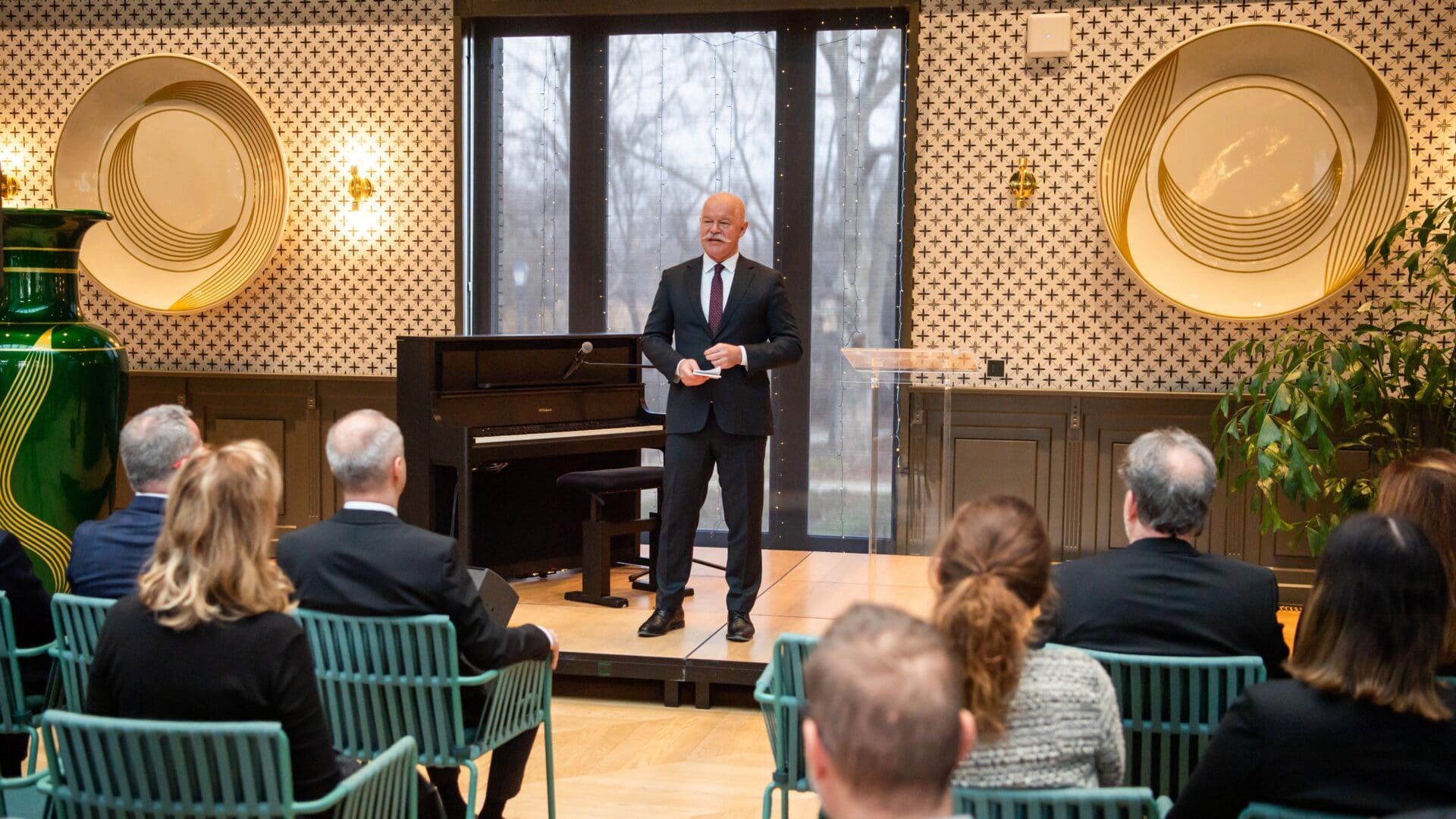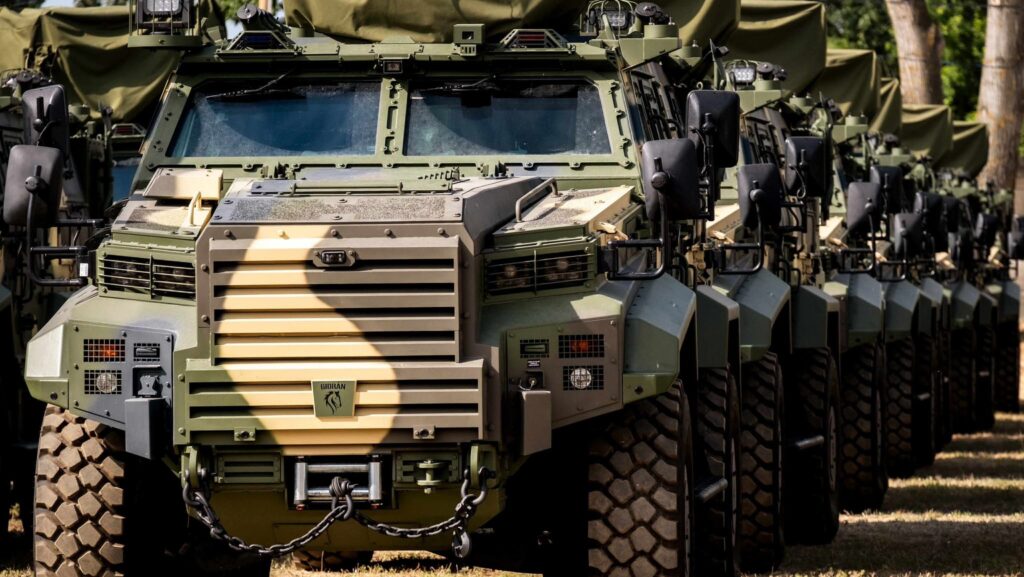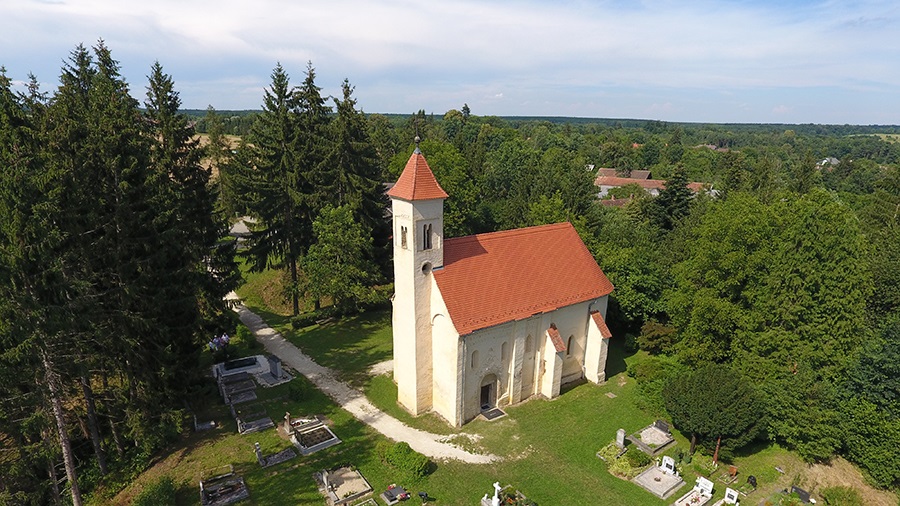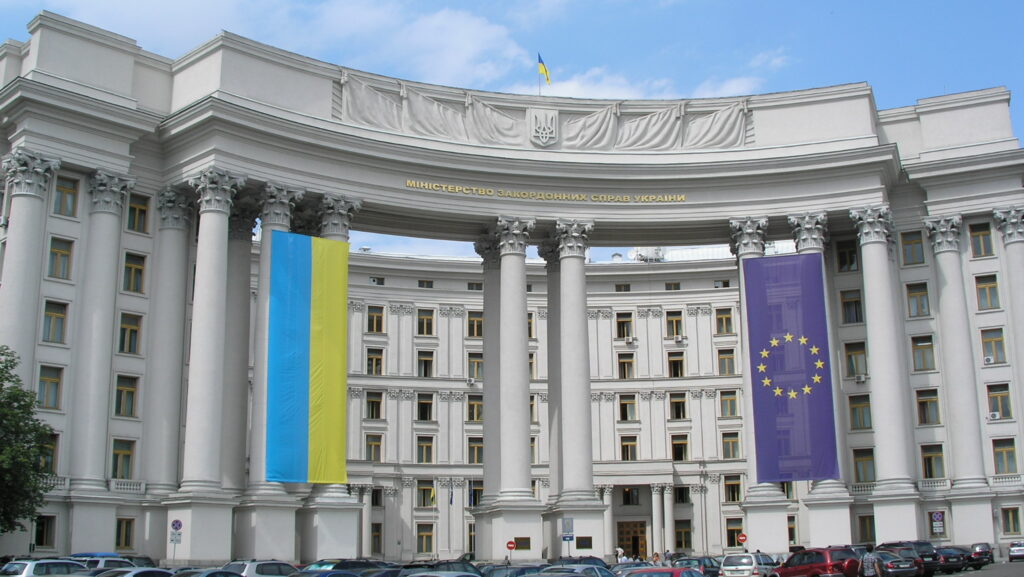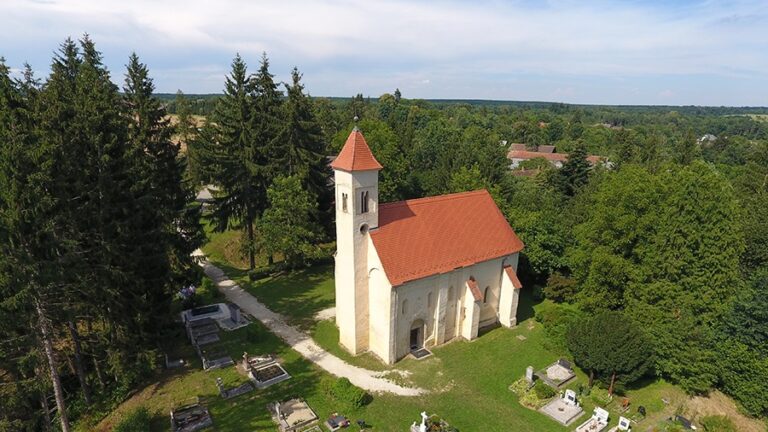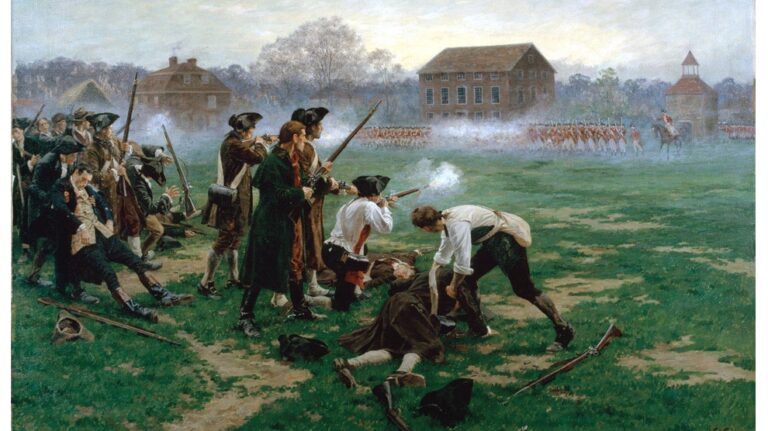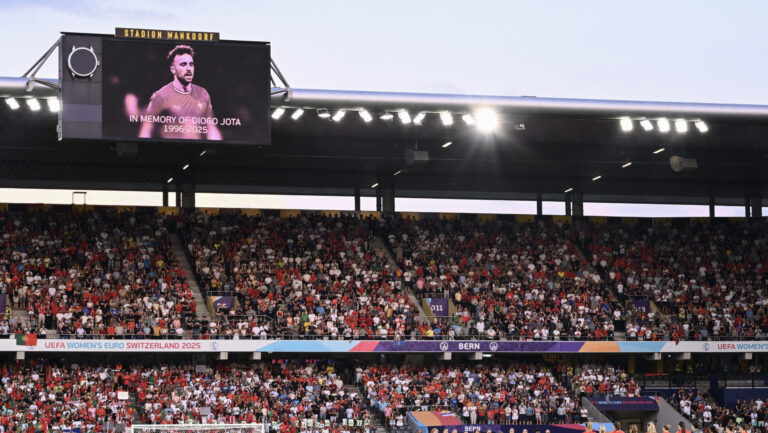The Minister of Culture and Innovation announced on Thursday in Budapest that the National Museum of Photography will open in 2025 in the former Klösz Mansion, located near City Park.
‘As part of the Liget Budapest project, a logistical, museum-technical, restoration, registry, and storage system is being developed, where the new institution can find a fitting place,’ Minister János Csák said when inaugurating a new exhibition showcasing outstanding works from the Hungarian House of Photography’s extensive collection of 700,000 pieces.
Csák emphasized that from 2025 onwards, the world-class heritage and tremendous achievements of Hungarian photographers of the past 170 years will finally be presented in a single, suitable location.
László Baán, the Commissioner of the Liget Budapest project, stated in his welcome address that the National Museum of Photography will operate in the former Klösz Mansion, at the edge of the City Park, from 2025 onwards, covering an area of more than 3,000 square metres, as a subsidiary institution of the Museum of Fine Arts. He pointed out that the realization of a national institution of photography has been one of the key objectives of the Liget Budapest project from the very beginning. ‘Photographic art is now returning to the City Park, where it will have its permanent home as the National Museum of Photography,’ Baán emphasized.
Speaking at the event, Péter Baki, the Director of the Hungarian House of Photography, highlighted that
the National Museum of Photography will become a reality 143 years after it was first conceived.
He recalled: ‘In 1881, Ferenc Veress, an internationally renowned photographer and the founder of the profession’s first trade journal, wrote a letter advocating for the establishment of a photographic museum in Budapest. Decades later, in 1957, the Hungarian National Gallery rejected the initiative of the Hungarian Association of Photographic Artists to incorporate the photo collection into the museum, stating that photography does not belong to the realm of fine arts.’
The museum eventually found a home in the former Orthodox synagogue building in Kecskemét in the early nineties and was run by a foundation on less than 300 square metres until the present day. According to the curator of the exhibition, the future National Museum of Photography, integrated into the Liget Budapest Project, will belong where Hungarian photographers have always imagined it: as part of the largest and most important national fine arts collection within the institutional framework of the Museum of Fine Arts.
The artistically most significant part of the collection at the future National Museum of Photography is associated with Hungarian photographers between the two world wars. The collection not only gathers works from the 19th and 20th centuries but also aims for completeness by collecting works from contemporary creators. The National Museum of Photography, opening in 2025, will include over a thousand square metres of exhibition space, a specialized library, museum educational workshops, and professional events.
Related articles:
Sources: Hungarian Conservative/Liget Projekt/MTI

